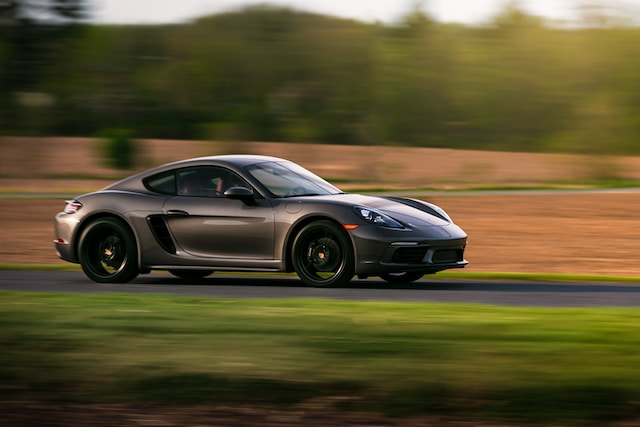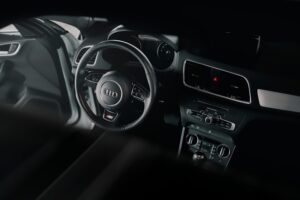
The History and Evolution of Coupe Cars: A Comprehensive Guide
Contents
The history of coupe cars is a rich one that began in the late nineteenth century with the invention of the internal combustion engine. This new technology led to a boom in vehicle production, and many manufacturers began to specialize in certain types of vehicles. The earliest coupes were used for racing purposes and later became popular for use on public roads. Coupe cars became even more popular after 1960 when American manufacturers introduced models like the Ford Mustang and Chevrolet Camaro as alternatives to large luxury sedans like Cadillacs and Lincolns. Today there are still many coupe car options available from both domestic and foreign manufacturers but there are also numerous custom shops who can transform any type of car into a sleek, sexy four-door sports machine!
Early History
The coupe car is a vehicle that has two doors and a cloth roof. The earliest examples of this type of car date back to the early 1900s, when horse-drawn vehicles were being replaced by automobiles. As cars became more popular and affordable, manufacturers began experimenting with different styles of vehicles; one such experiment was the creation of a two-door version of their existing convertible models.
The first mass-produced example was created by Ford Motor Company in 1932; they named it “Coupe”. This model featured an integrated body and frame design with no B post between its front fenders (the horizontal piece between your headlights). Other companies soon followed suit with similar designs like Plymouth’s Slantback Coupe or Chevrolet’s Styleline Deluxe Four Door Sedan Coupes–all with varying degrees of success depending on how well they incorporated these new features into their overall designs!
The Classic Muscle Car Era
The classic muscle car era is the 1960s and 1970s. During this time, American cars were powerful, stylish and sporty, with high performance engines that could be modified for racing. Many of these cars were made by American manufacturers like Ford (Mustang), Chevrolet (Chevelle) and Plymouth (Cuda).
The first popularized version of what we now know as a coupe car was introduced by Ford in 1964 with its Mustang model; it featured an independent rear suspension system called “coil springs” which gave it better handling than other models at the time.
The Post-Muscle Car Era
The Post-Muscle Car Era
After the muscle car era, the coupe was on its way out. The SUV and crossover market exploded in popularity, as did sedans and hatchbacks. Coupe sales plummeted as a result–they were no longer the most popular vehicles on American roads.
More Contemporary Models
The last decade has seen a resurgence in coupe cars, which is reflected in the models that have been released over the last five to 10 years. These new cars are different from older models in that they have more power and better handling, as well as better fuel efficiency.
The history and evolution of coupe cars has been an eventful one.
The history and evolution of coupe cars has been an eventful one. From the humble beginnings of small sports cars to their current status as big luxury vehicles, these vehicles have made great strides over time.
The history of the coupe car is long and varied; it’s influenced by many factors including economic conditions, technological advancements, and cultural shifts in what people want from their vehicles. Coupe cars have evolved from small sports cars to big luxury vehicles that can compete with sedans but still offer some advantages over them (such as better handling). With all this information in mind we can see why they’re so popular today: they offer something different than other types of cars on the market while still being practical enough for most drivers!
Conclusion
The history and evolution of coupe cars has been an eventful one. From the early days of muscle cars to more contemporary models, there is a lot to learn about these vehicles. They’re known for having great performance and style, but they also have some drawbacks that make them less desirable than other types of cars on the market today.








